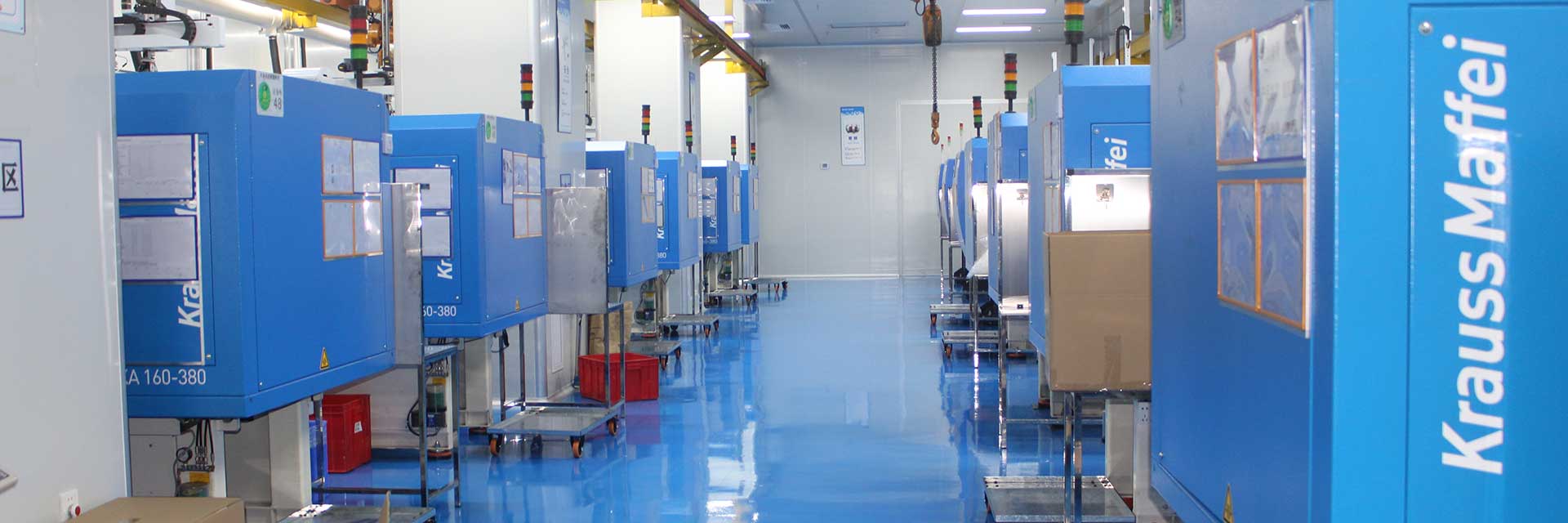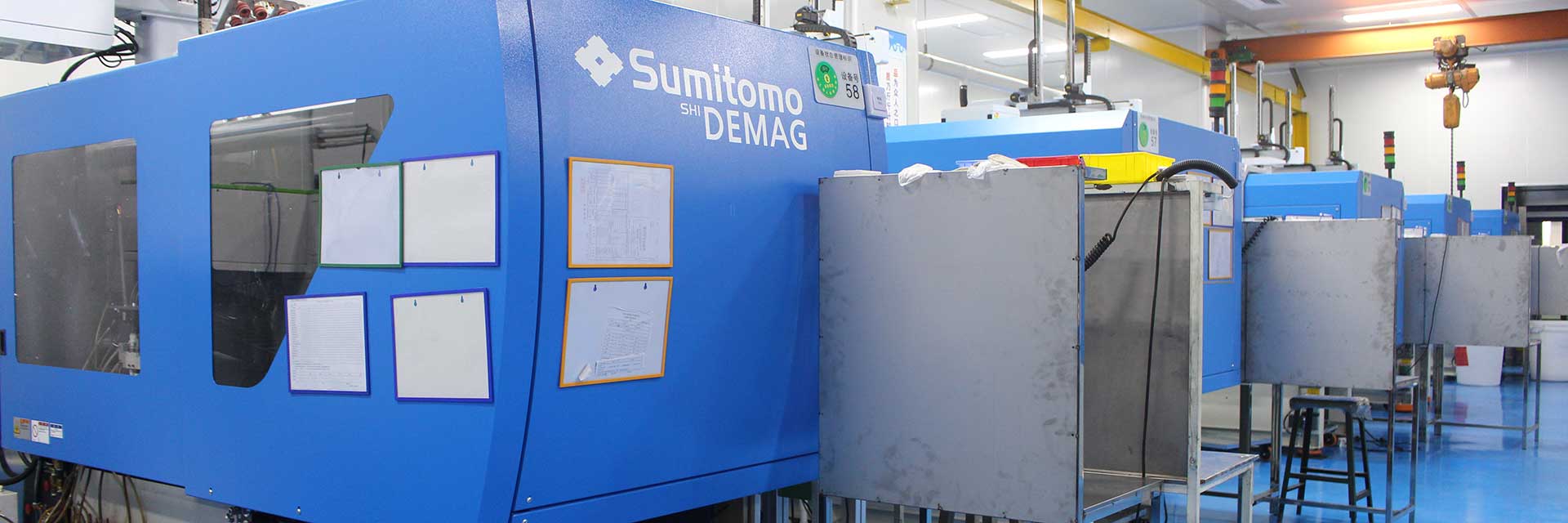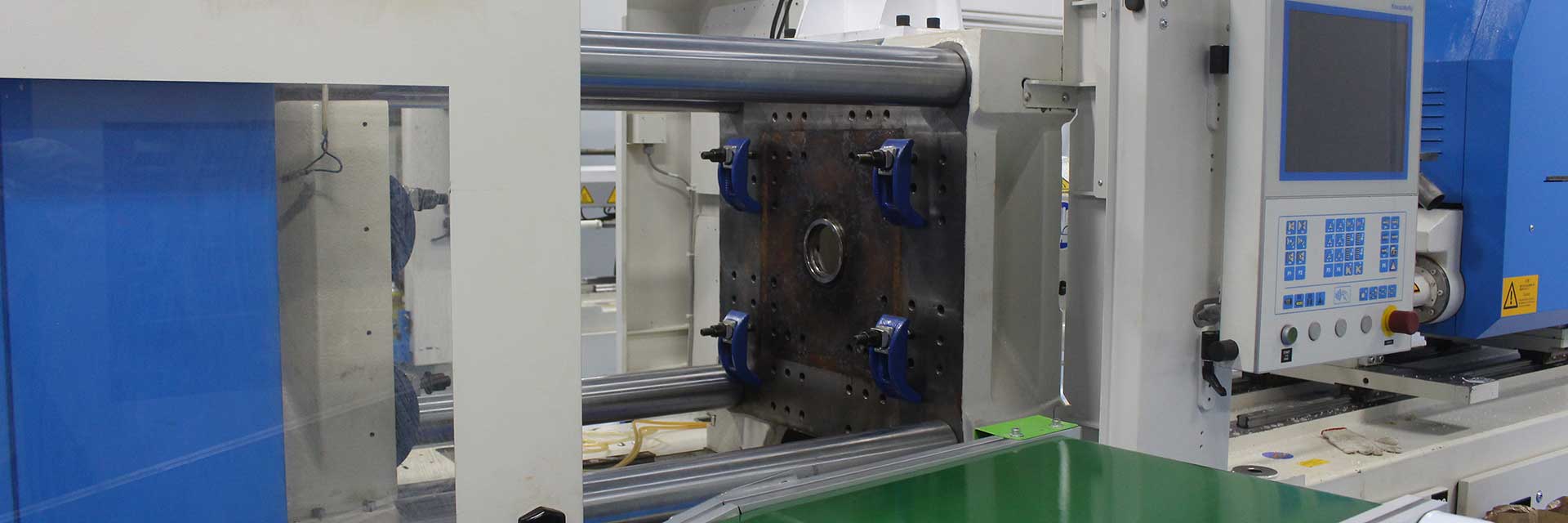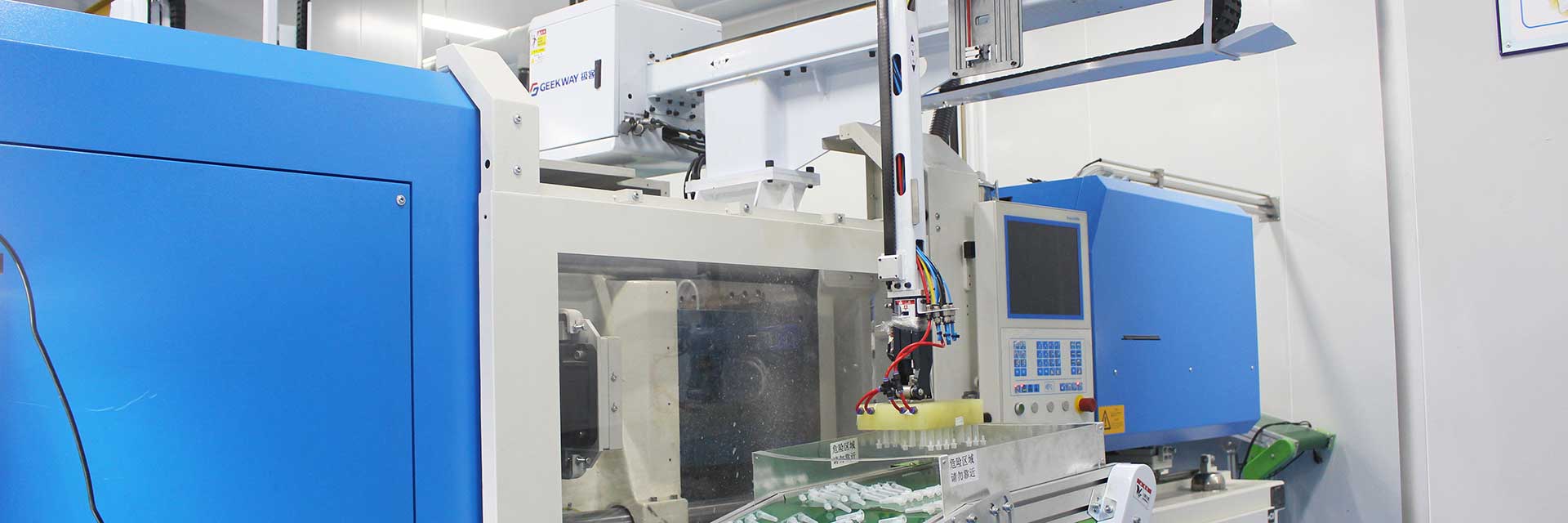Color consistency is a critical factor in the injection molding industry, directly impacting product aesthetics, brand perception, and customer satisfaction. However, achieving uniform color across batches and production runs remains a challenge due to variables like material selection, process parameters, and environmental conditions. Here’s how manufacturers can address these issues effectively.
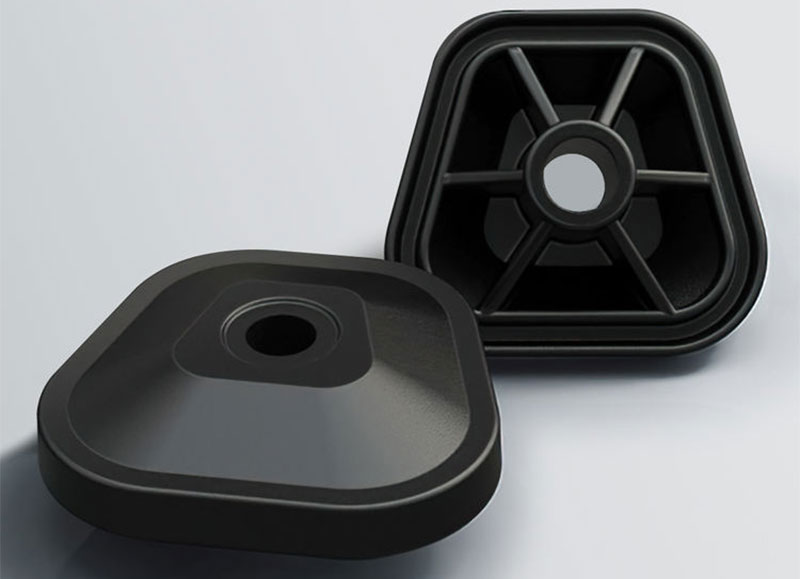
- Material Selection and Pre-Processing
Start by choosing high-quality, color-stable resins and masterbatches. Impurities or variations in raw materials can lead to uneven pigment distribution. Pre-drying materials as recommended by suppliers prevents moisture-induced defects like streaking or discoloration. - Precise Process Control
Maintain consistent melt temperature, injection speed, and pressure. Fluctuations in these parameters can alter pigment dispersion, causing color shifts. Use advanced molding machines with real-time monitoring to stabilize the process. - Tooling and Mold Design
Ensure uniform wall thickness and proper gate placement to avoid flow-induced color variations. Regular mold maintenance, including cleaning and polishing, prevents residue buildup that might contaminate subsequent batches. - Environmental Factors
Control workshop humidity and temperature, as extreme conditions can affect material behavior. Store raw materials in a cool, dry environment to preserve color integrity. - Quality Assurance
Implement color measurement tools like spectrophotometers to quantify color differences objectively. Conduct regular sample checks and adjust processes promptly if deviations occur.
By prioritizing material quality, process precision, and proactive quality control, manufacturers can minimize color inconsistencies and deliver products that meet stringent aesthetic standards. Consistent color in plastic injection molding not only enhances market competitiveness but also reinforces brand reliability in the eyes of consumers.

